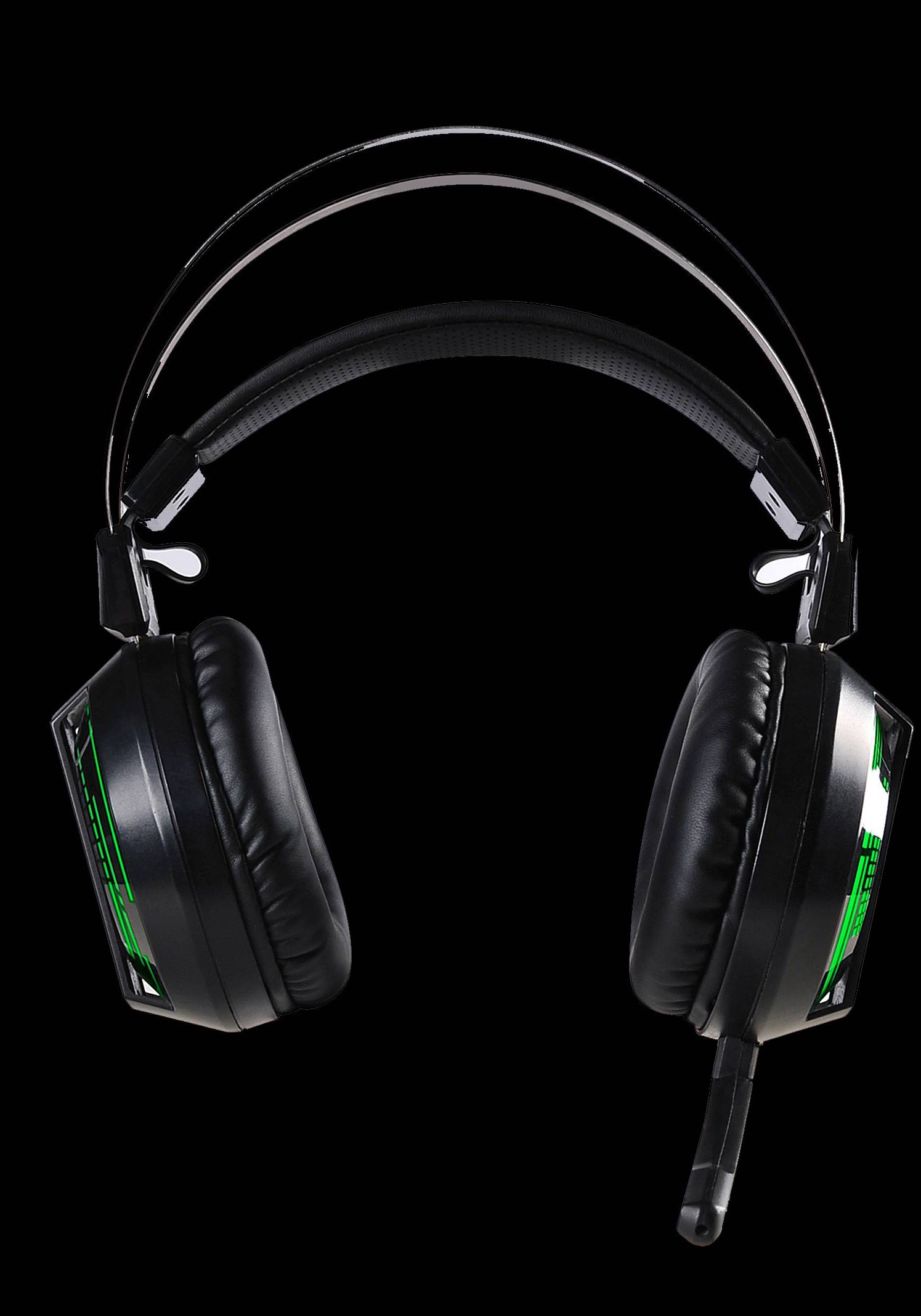



I was told about the improved mic that the new headset had and how this was a focus on the new headset. I immediately pointed out that I’d like to see a real mic on these headsets, as the best mic I’ve ever saw was on a Sennheiser. We’ve both worked with Steelseries quite a bit in the past and our little meeting opened with some questions about what we thought the perfect gaming headset would be. While Foc.us clearly states that the device is only intended to improve video game performance, it has to be said that in our testing, a subject with nerve damage found that the headset returned some feeling to the afflicted limb during use (Editor's note: Foc.us makes no such claim that the headset can or should be used for these ends, a sentiment we fully agree with).I bet you thought Steelseries headsets were bulky, gaudy and complex? Think again!Īt E3 2016 Jonathan White and I met with Steelseries and were introduced to an unnamed prototype headset that was tucked away from the show floor and hidden behind an NDA (non-disclosure agreement). But our experience is clearly not uncommon, given how many scientists are trying to understand what benefits tDCS may hold.įor their part, Foc.us warns against overusing the device (more than once every 48 hours), and to stay away from the treatment if you have suffered from epilepsy or other brain afflictions. And those looking for more empirical evidence aren't likely to find it: Foc.us has not been FDA-approved, since it offers no medical promises or treatment. Whether the placebo effect took over in helping access the twitch skills and confidence instead of the Foc.us (and in the end, improvement is improvement), the general feeling of alertness was indisputable. Obviously, the only evidence we can offer is anecdotal. The same was true for the other games (less so for Titanfall, but the Foc.us is only meant to stimulate, not work miracles), with the frustrating demands of Dark Souls not quite as obtuse or confusing as they were prior to a Foc.us session. A small break to run through one of the Foc.us' tDCS cycles, and grasping the infamous tank controls the game requires to succeed was noticeably easier. The clearest example of the device's effects came upon sitting down to plow away at our review of RE4: Ultimate HD Edition - a game requiring far more alertness than the clouded mind that had brought me to a few swift deaths. And to our surprise, the effects of the Foc.us were not only noticeable, but fairly consistent. Once the settings are chosen, using the headset is as simple as placing the moistened sponges into the two nodes on either side of the forehead, and positioning the device as instructed in the user's manual.įor our testing, we used the device in tandem with the likes of Resident Evil 4: Ultimate HD Edition (see the results for yourselves in our gameplay video), Titanfall and Dark Souls - three games which all rely on reaction time, spatial awareness and critical thinking in vastly different ways. Users can choose between a set of patterns (sending current in waves, pulses, constant or random doses), and the maximum current (ranging from 0.8 mA to 2.0 mA). Understanding the intricacies of tDCS is far more difficult than operating the Foc.us, with all of its settings accessed through a single touch sensor placed on the rear of the headset. Shipping with the main headset frame, a set of sponges, small water bottle and USB charging cable, it's clear that the manufacturers have done everything in their power to get people using the device without intimidation, and with a styling that should be expected from its USD $249 price tag. Constructed from light but durable plastic in a range of colors, the headset is, surprisingly, as intuitive and straightforward as gadgets can get. The technology and headset built to utilize it may sound experimental, but the Foc.us Headset doesn't appear to be a 'prototype' in any part of its design.


 0 kommentar(er)
0 kommentar(er)
